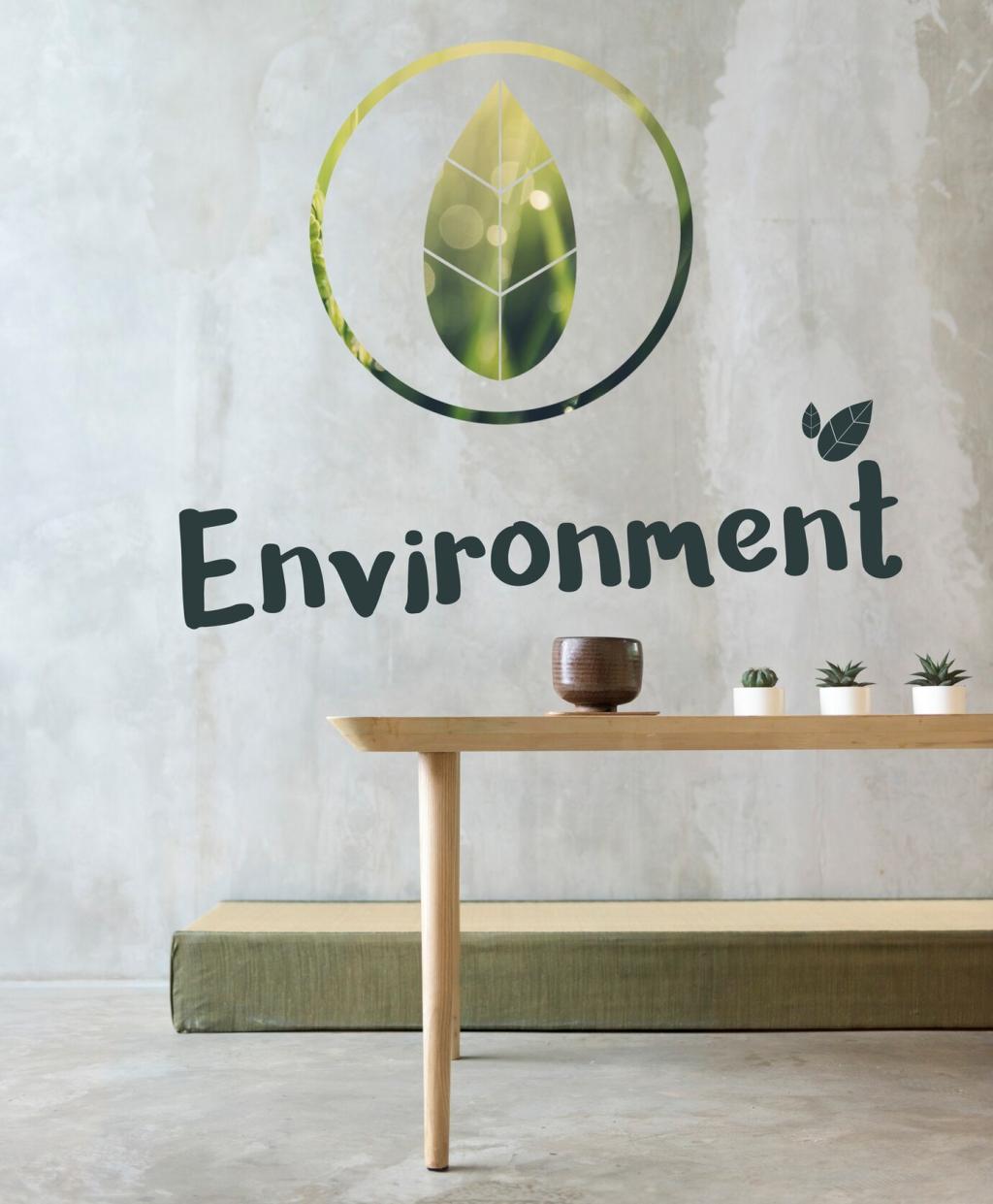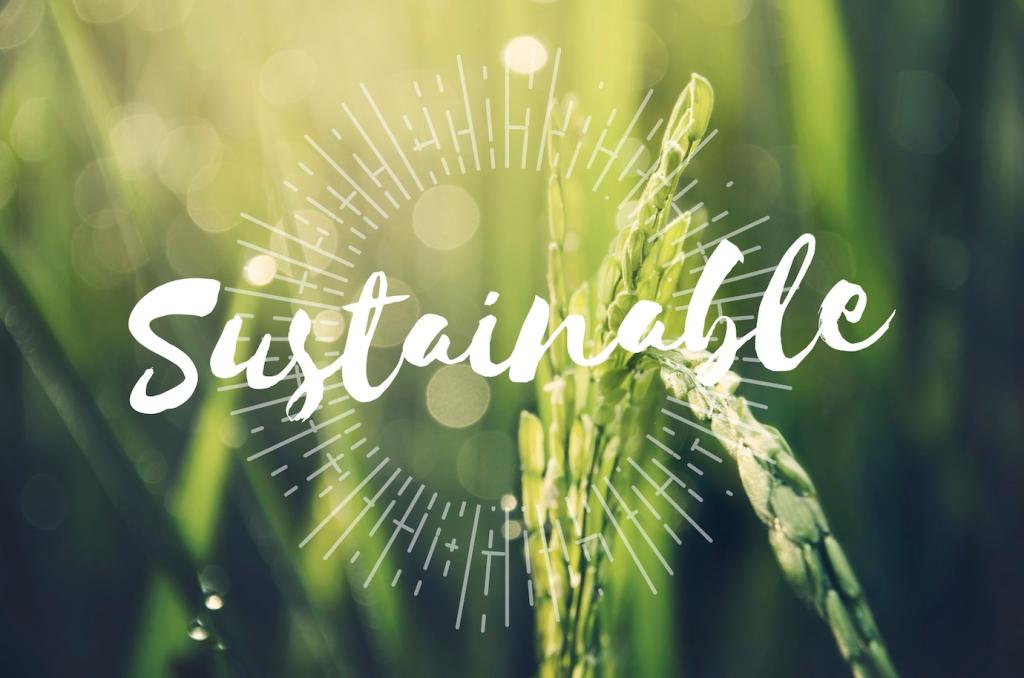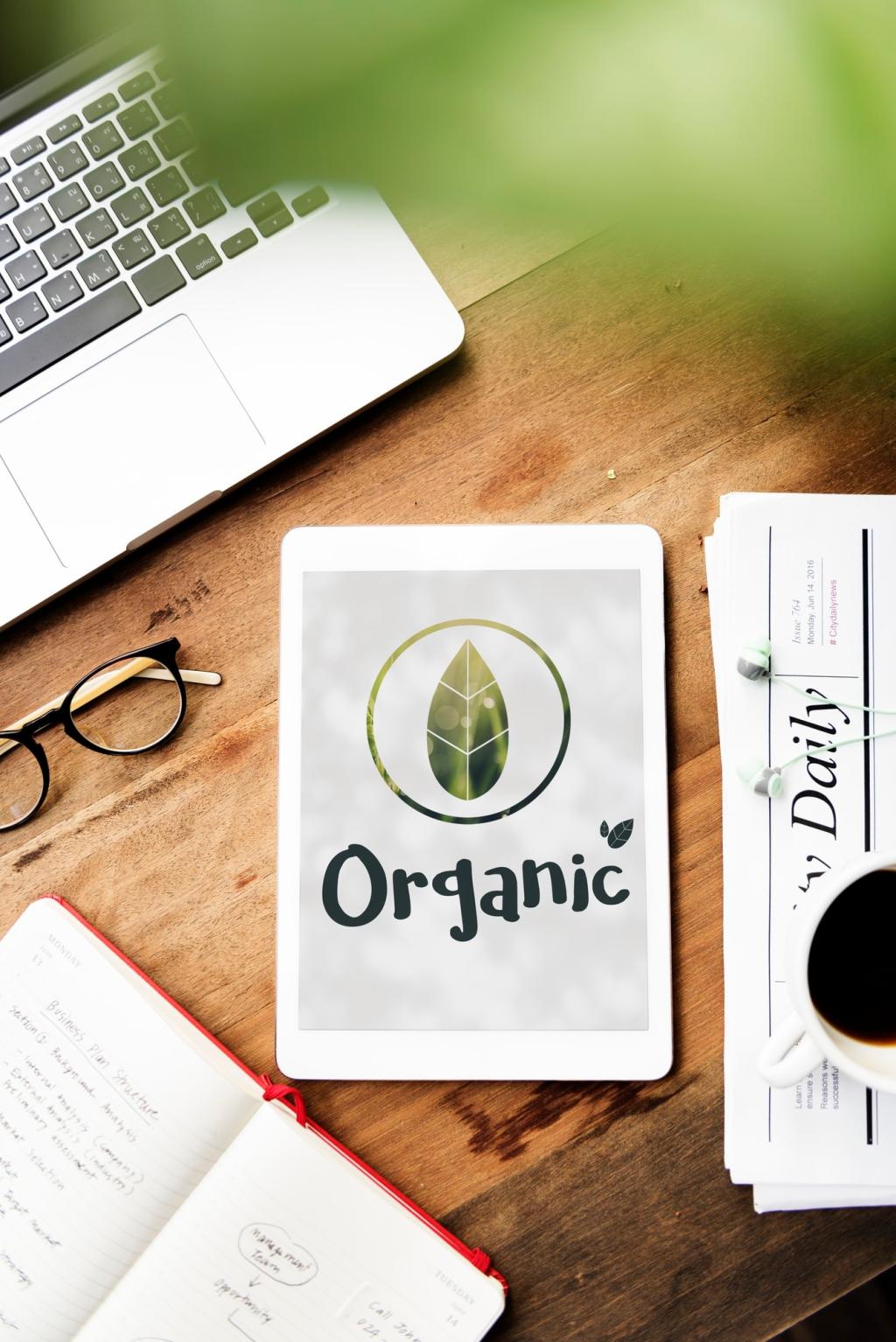
Energy-Efficient Recycling Processes for Furniture
Chosen theme: Energy-Efficient Recycling Processes for Furniture. Step into a circular mindset where smarter dismantling, clean power, and practical habits turn old furnishings into high-value resources. Subscribe, comment, and help shape a low-energy future together.
Why Energy Efficiency Matters in Furniture Recycling
Moving furniture from landfill to loop saves energy embedded in wood, metals, and foams while avoiding emissions from decomposition and incineration. Efficient processes multiply those savings across entire lifecycles.
A typical sofa hides screws, staples, fabrics, and petrochemical foam bound by adhesives that fight separation. Smarter techniques reduce effort, protect fibers, and dramatically cut kilowatt-hours required per recovered kilogram.
Consumers influence outcomes by choosing modular designs, returning items to certified programs, and preparing pieces for pickup. Tell us your city, and we will highlight nearby energy-smart collection options.

Designing for Disassembly
Mechanical fasteners like bolts and clips enable clean separation without heat or solvents, protecting wood fibers and fabrics. When designers avoid permanent glues, recyclers save energy and preserve material quality.
Low-Impact Dismantling Techniques
Targeted, low-temperature heating softens water-based adhesives without scorching fabrics or warping veneers. Coupled with heat recovery, facilities reclaim warmth for space conditioning, lowering overall electricity and gas demand.
Enzyme-assisted baths loosen natural fibers and biodegradable binders gently, allowing manual separation at lower effort. Closed-loop fluids are filtered and reused repeatedly, conserving water and minimizing pumping energy.
Human expertise still shines when identifying custom joinery. Collaborative robots handle repetitive lifting and feeding, while technicians make judgment calls, cut error rates, and keep the line energy-thrifty.
Smart Sorting and Material Identification
Near-infrared scanners distinguish polymers by spectral signature, routing parts to optimal streams. Combined with color cameras and weight sensing, systems reduce mis-sorts that would demand extra grinding and washing.
Smart Sorting and Material Identification
Digital watermarks, discreet QR tags, or embedded chips can carry recipes for fabrics, foams, and varnishes. When readers surface this data, operators skip guesswork and save meaningful kilowatt-hours.
Smart Sorting and Material Identification
Share how you label parts in your workshop or studio, and we will feature practical templates. Community standards grow fastest when makers, refurbishers, and recyclers learn together publicly.
Powering Facilities with Clean Energy
Scheduling shredders, presses, and washers during solar peaks uses clean power and reduces grid strain. Simple dashboards align tasks with forecasted output, transforming operations into neighbors the grid appreciates.
Powering Facilities with Clean Energy
Battery storage smooths clouds and protects delicate electronics from surges. Captured energy runs ventilation and conveyors steadily, avoiding inefficient stop-start cycles and the expensive wear that accompanies them.


Measuring Impact and Mobilizing Communities
Life cycle assessment turns intuition into numbers, tracking energy per kilogram recovered and avoided emissions. When data informs decisions, investments target bottlenecks that truly shrink environmental footprints.
Measuring Impact and Mobilizing Communities
Publish simple monthly dashboards showing recovery rates, contamination incidents, and energy intensity. Transparent metrics invite collaboration, earn trust, and help residents, businesses, and municipalities coordinate smarter collection behaviors.

